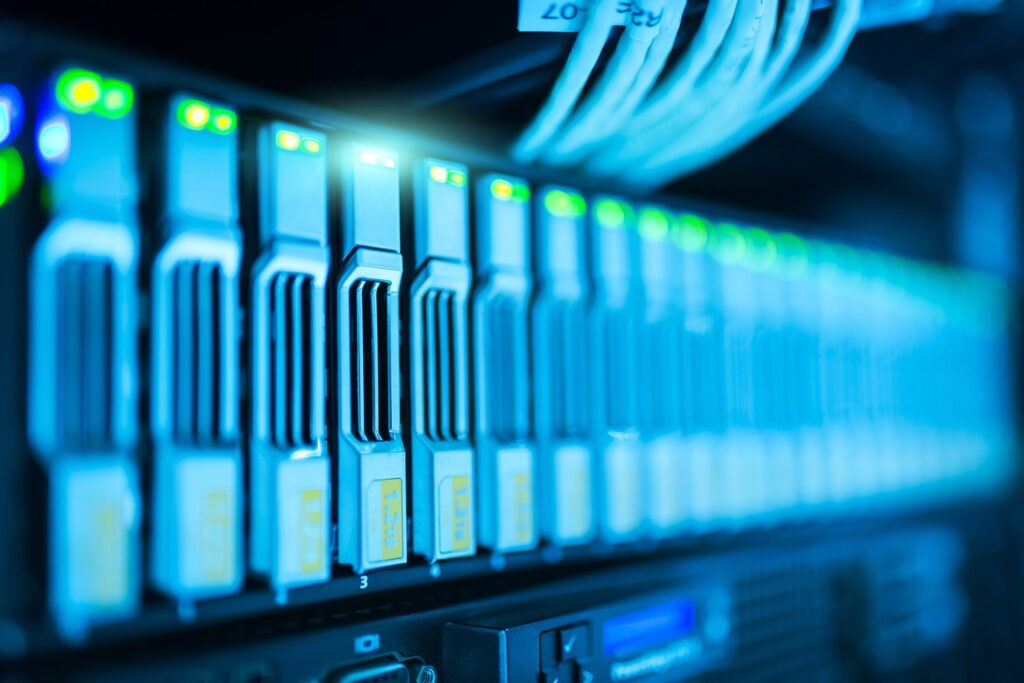Table of Contents
ToggleData Center Implementation
Implementing a data center involves a variety of services to ensure that the facility is designed, built, and maintained effectively. These services encompass everything from initial planning and design to ongoing management and security.
What Comes In Data Center Implementation
------
The Data Center is the focal point of the corporate IT infrastructure: it contains data, applications and systems that are vital for the operation of the company. It is therefore of fundamental importance to guarantee continuity of operation and safety.

Planning and Design Services
1) Consultation and Needs Assessment.
2) Site Selection and Assessment.
3) Data Center Design.

Infrastructure Services
1) Power and Cooling Systems.
2) Networking and Connectivity.
3) Storage Solutions.

Hardware and Software Deployment
1) Hardware Installation.
2) Software and Virtualization.

Security Services
1) Physical Security.
2) Cybersecurity

Operations and Maintenance
1) Data Center Management.
2) Maintenance and Support.
Disaster Recovery and Business Continuity
Disaster Recovery Planning:
- Developing and implementing disaster recovery plans and procedures.
- Establishing data backup and replication strategies.
- Conducting regular drills and testing recovery processes.
Business Continuity Services:
- Ensuring that critical business functions can continue during and after a disaster.
- Implementing redundant systems and failover mechanisms.

DATA CENTER IMPLEMENTATION
These services encompass everything from initial planning and design to ongoing management and security.

Operations and Maintenance
Data Center Management:
- Utilizing data center infrastructure management (DCIM) tools for monitoring and management.
- Implementing processes for incident management, change management, and capacity planning.
- Ensuring compliance with industry standards and regulations.
Maintenance and Support:
- Performing regular maintenance on power and cooling systems.
- Providing hardware and software support, including patch management and updates.
- Offering 24/7 technical support and on-site personnel.